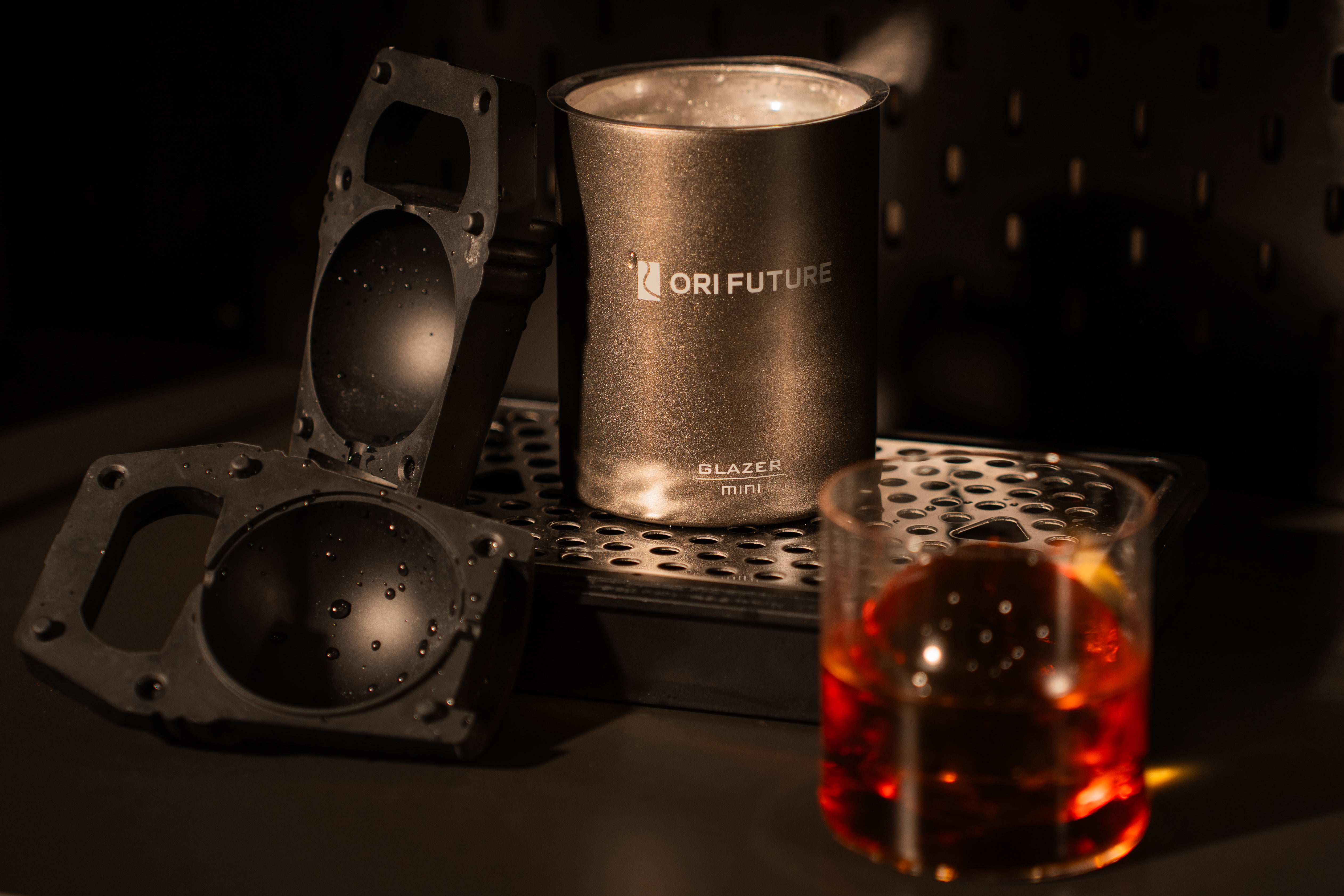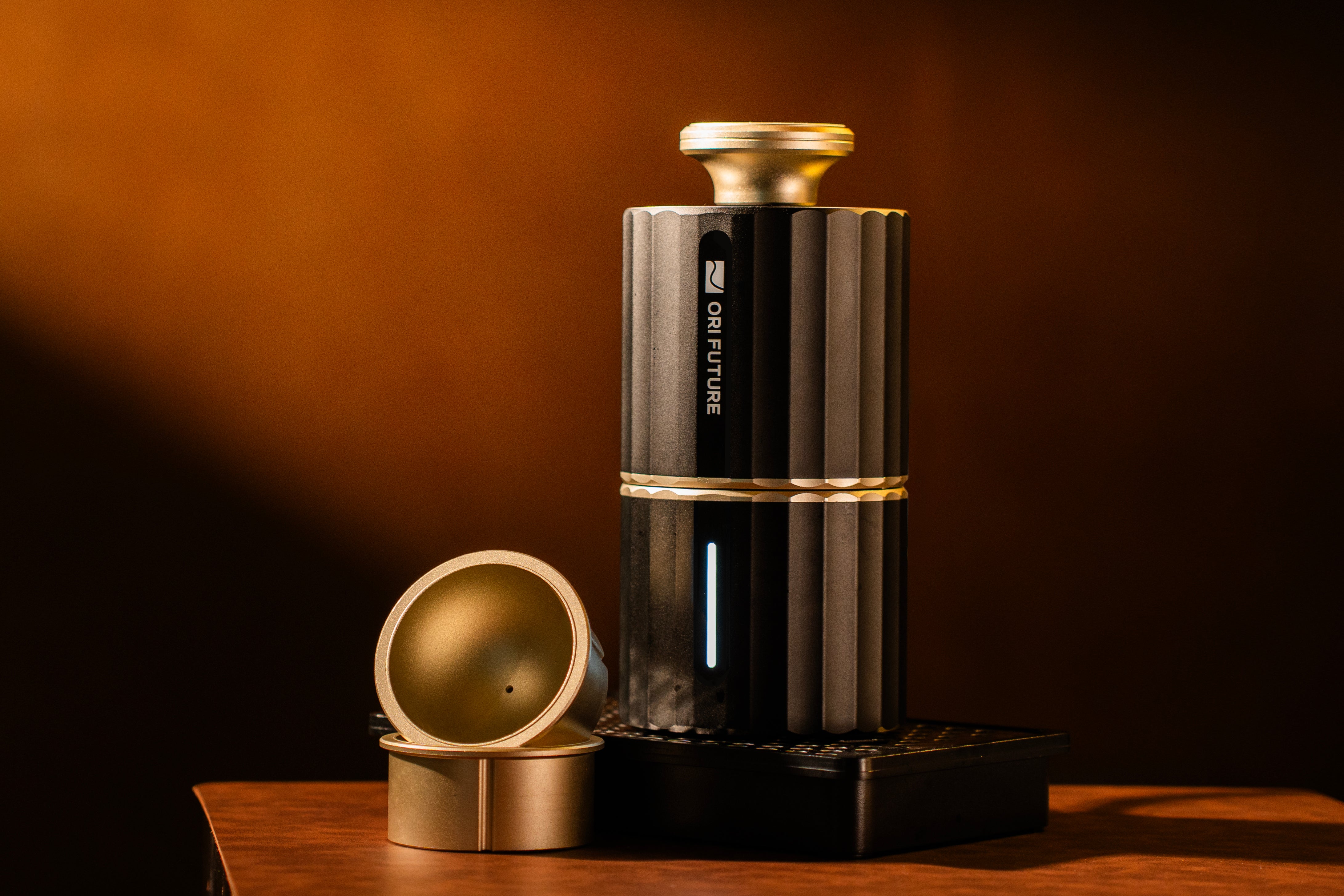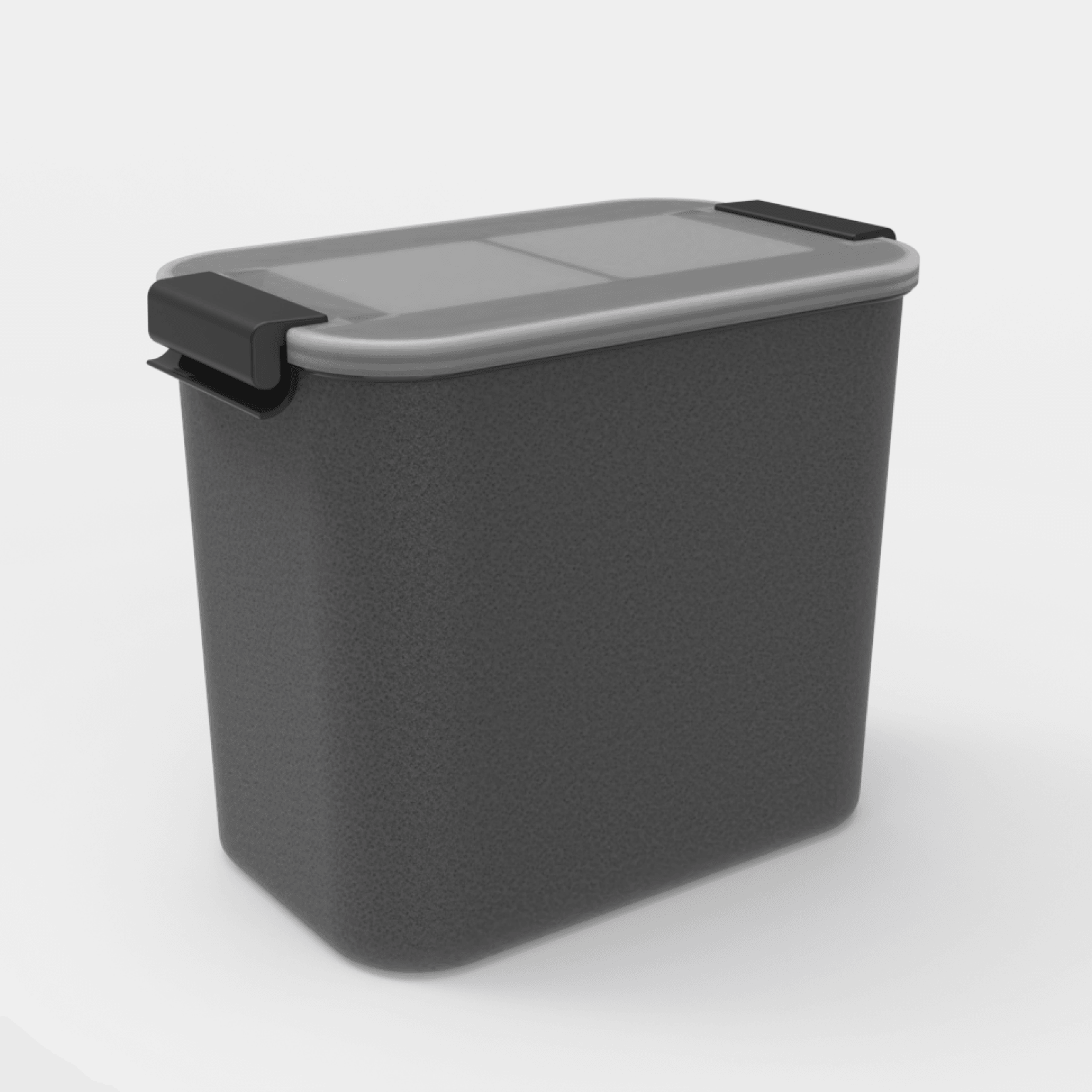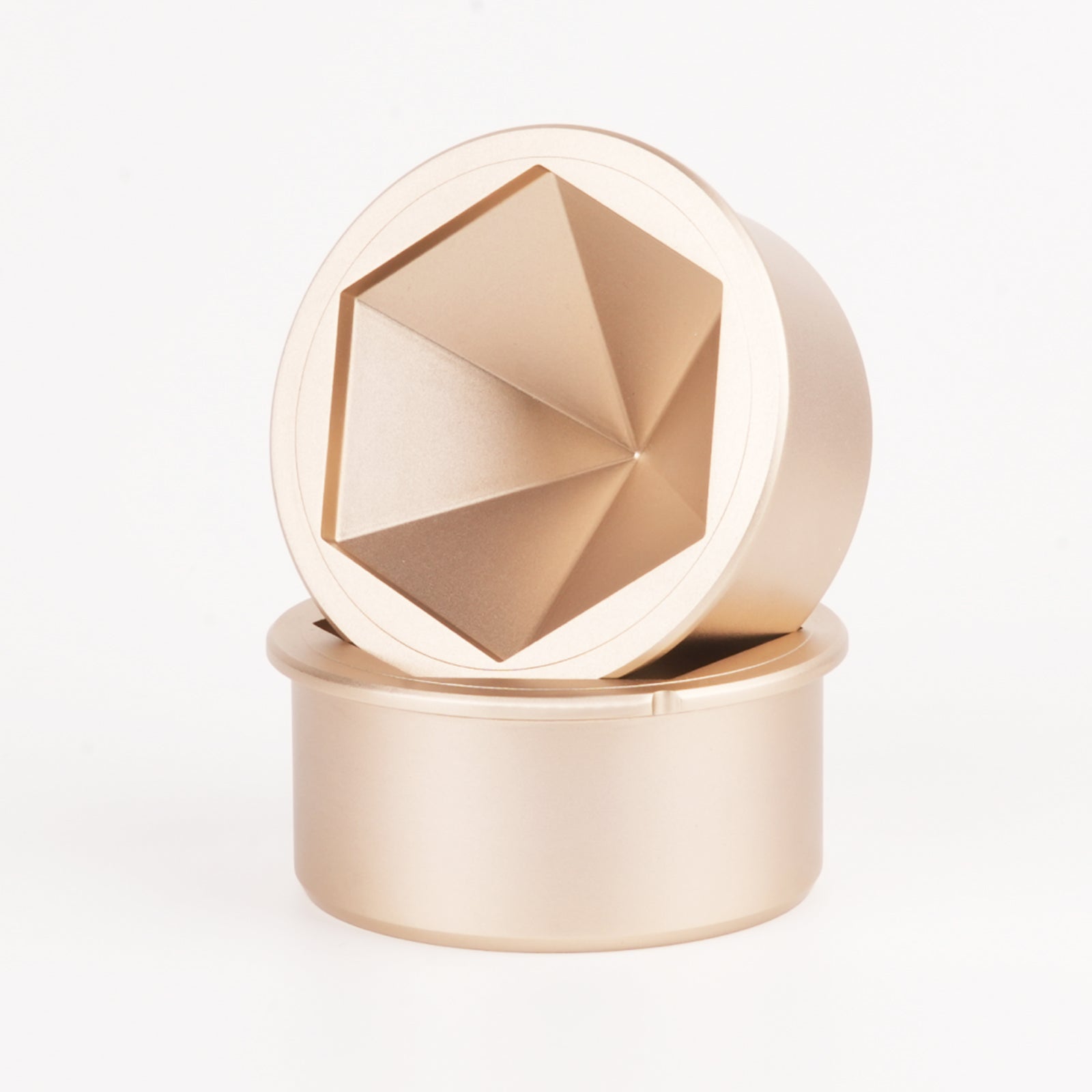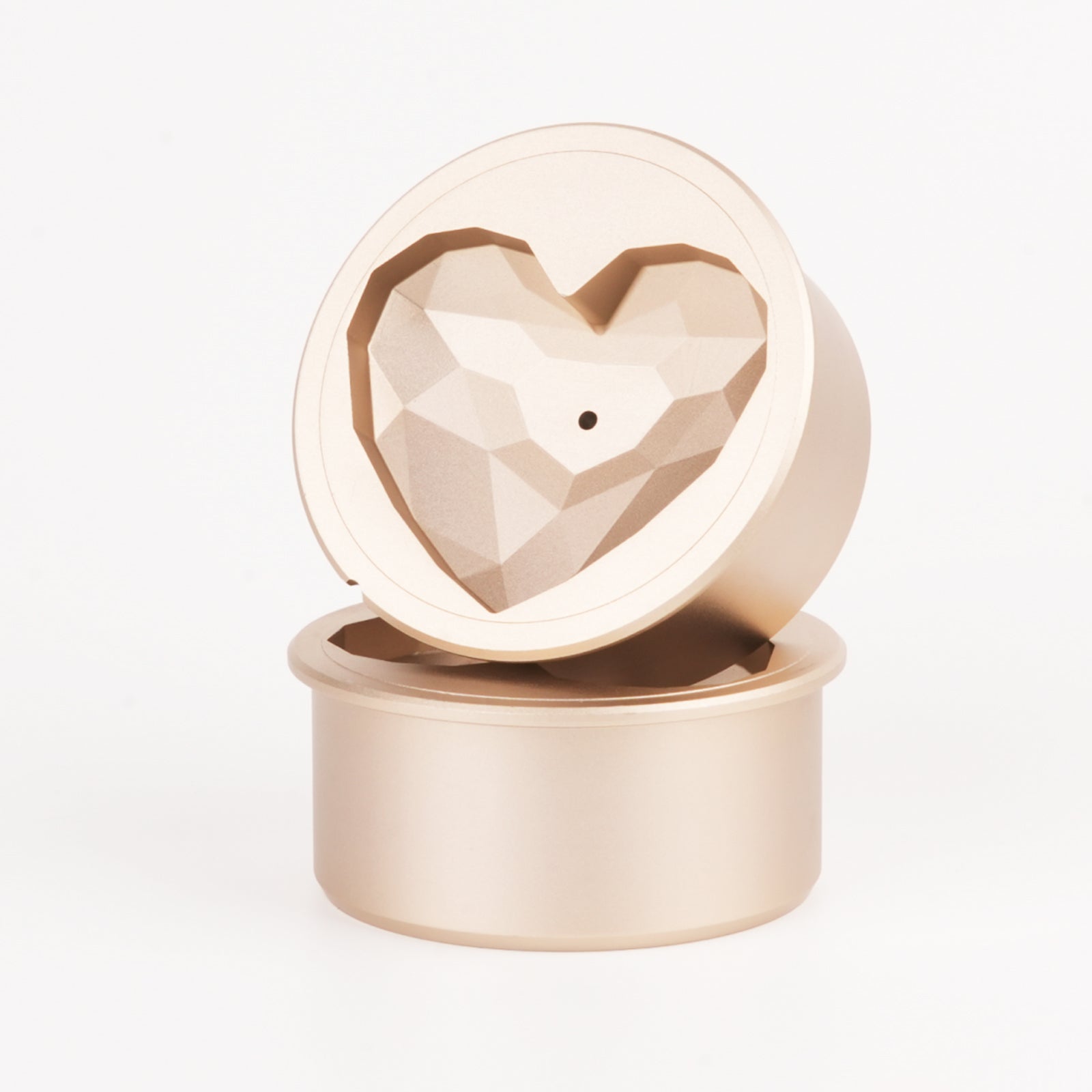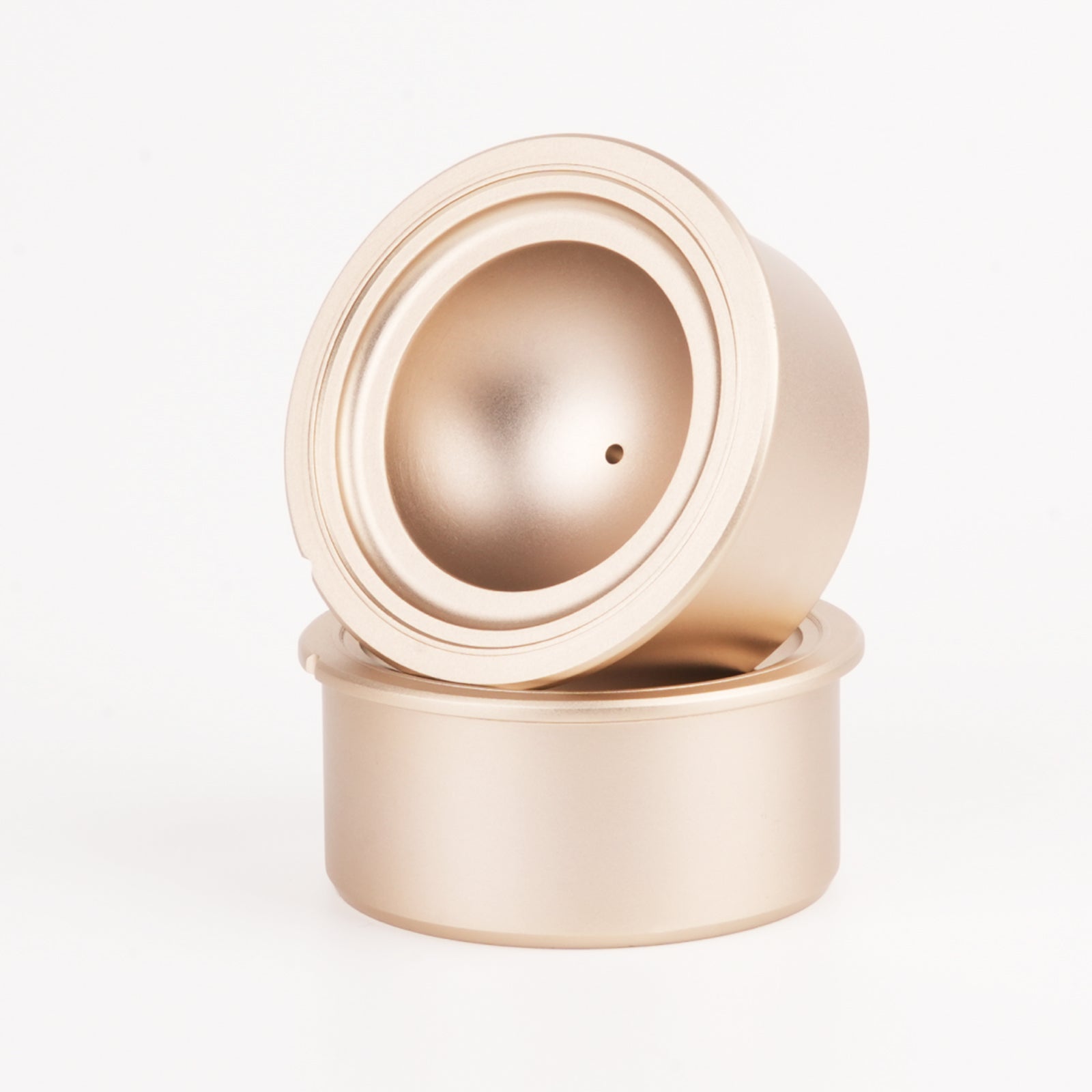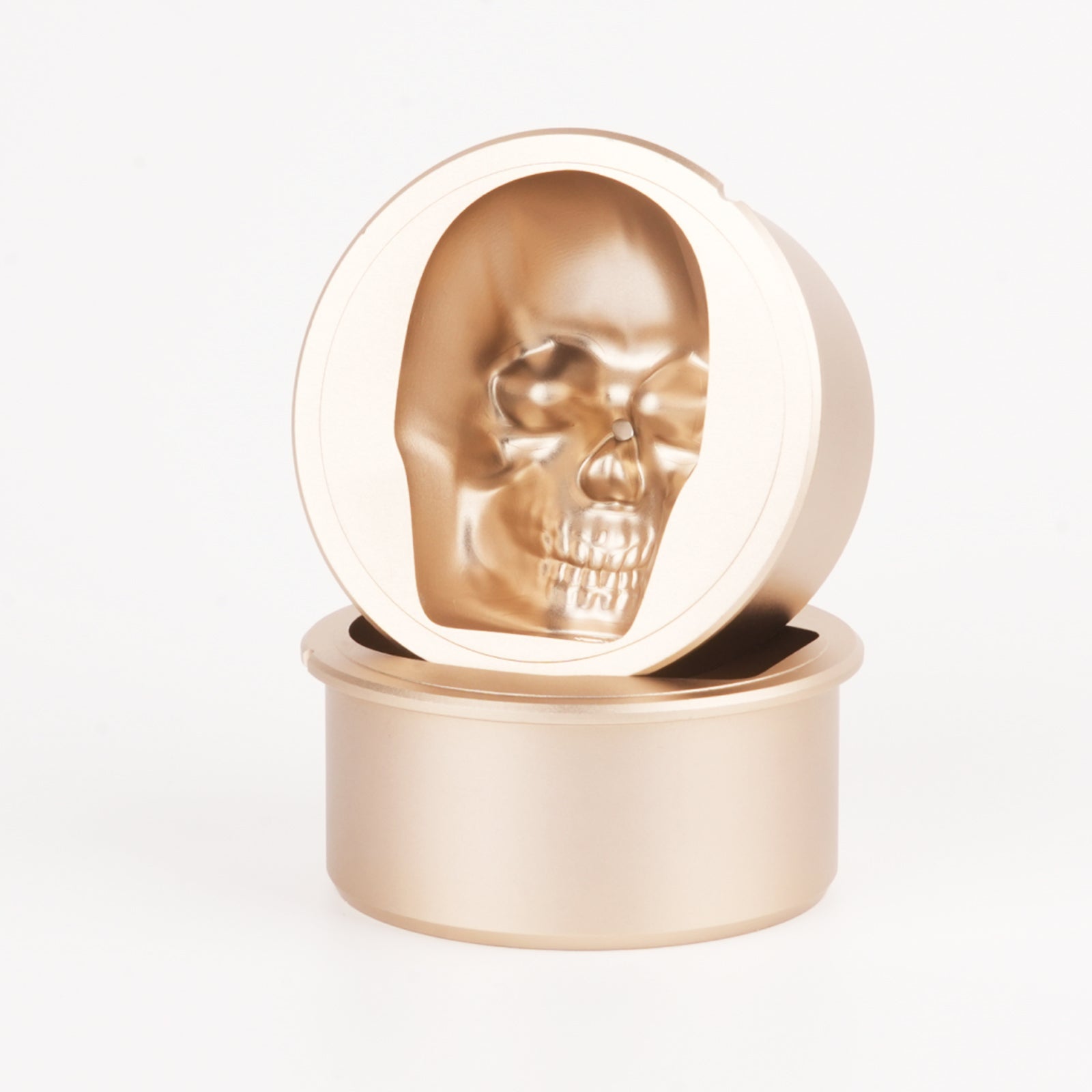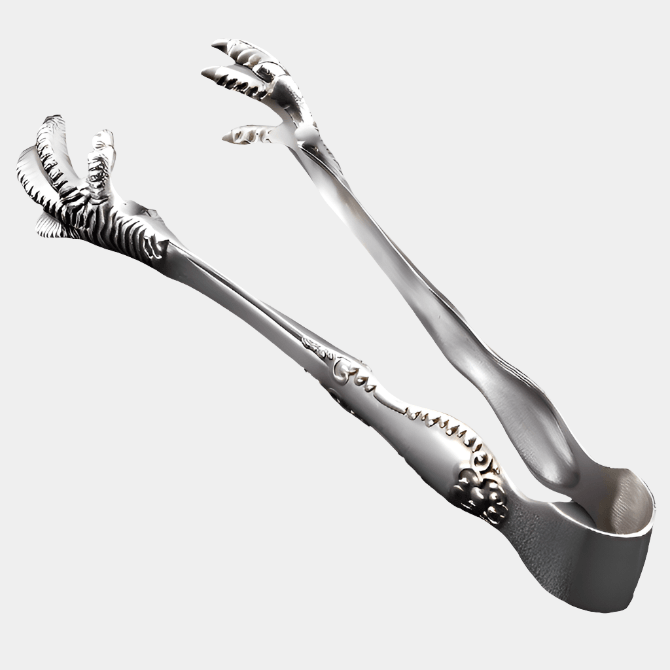How is ice useful for us?
From ancient times to the present, the role of ice has evolved from a simple coolant to a versatile tool, reflecting the development of human society, technology, and culture.
Ancient Ice: A Precious Natural Gift
In ancient times, ice was considered a precious gift from nature. Without modern refrigeration technology, people collected natural ice in winter and stored it in underground icehouses for summer use. This naturally harvested ice was not only used for cooling beverages for royalty and nobility but also played a role in the medical field for cooling and stopping bleeding. During the hot summer months, ice became an important means of improving the quality of life, reflecting ancient people's appreciation and utilization of natural resources.

Middle Ages to Modern Times: Ice and Food Preservation
As time progressed into the Middle Ages and modern times, the role of ice began to expand into the realm of food preservation. It was discovered that ice could effectively extend the shelf life of food and slow down the rate of spoilage. This revelation had revolutionary significance for societies without modern refrigeration technology. Mariners used ice to preserve food, ensuring a supply of provisions during long voyages; on land, people stored perishable foods like meat and dairy products in cold environments, enhancing food safety and longevity.

Post-Industrial Revolution: Commercialization and Popularization of Ice
The Industrial Revolution brought about innovations in ice-making technology, making the production and use of ice more widespread and convenient. From the late 19th to the early 20th century, with the invention of ice-making machines and the popularization of refrigerators, ice began to enter ordinary households, becoming a part of daily life. The applications of ice extended beyond food preservation and beverage cooling to include medical cold compresses, cold chain transportation, and use in entertainment and sports activities, such as chilled beer, cold drink making and ice for facial grooming.

Modern Society: Diverse Applications of Ice
In today's society, the role of ice far exceeds its simple cooling function. In the arts, ice sculpture with its unique beauty and transience attracts artists and audiences worldwide. In scientific research, ice is used for low-temperature experiments and sample preservation, contributing to scientific progress. Moreover, high-quality and aesthetically pleasing ice is indispensable for enhancing the quality of life.

Conclusion
From the collection of natural ice in ancient times to its diversified applications in the modern era, the journey of ice is a microcosm of human civilization's progress. It not only witnesses the course of technological innovation but also reflects the changes in human lifestyles and the relentless effort to pursue a higher quality of life. GLAZER, with its heated, interchangeable inserts, efficiently creates perfect ice, serving as a highly satisfactory ice companion.

